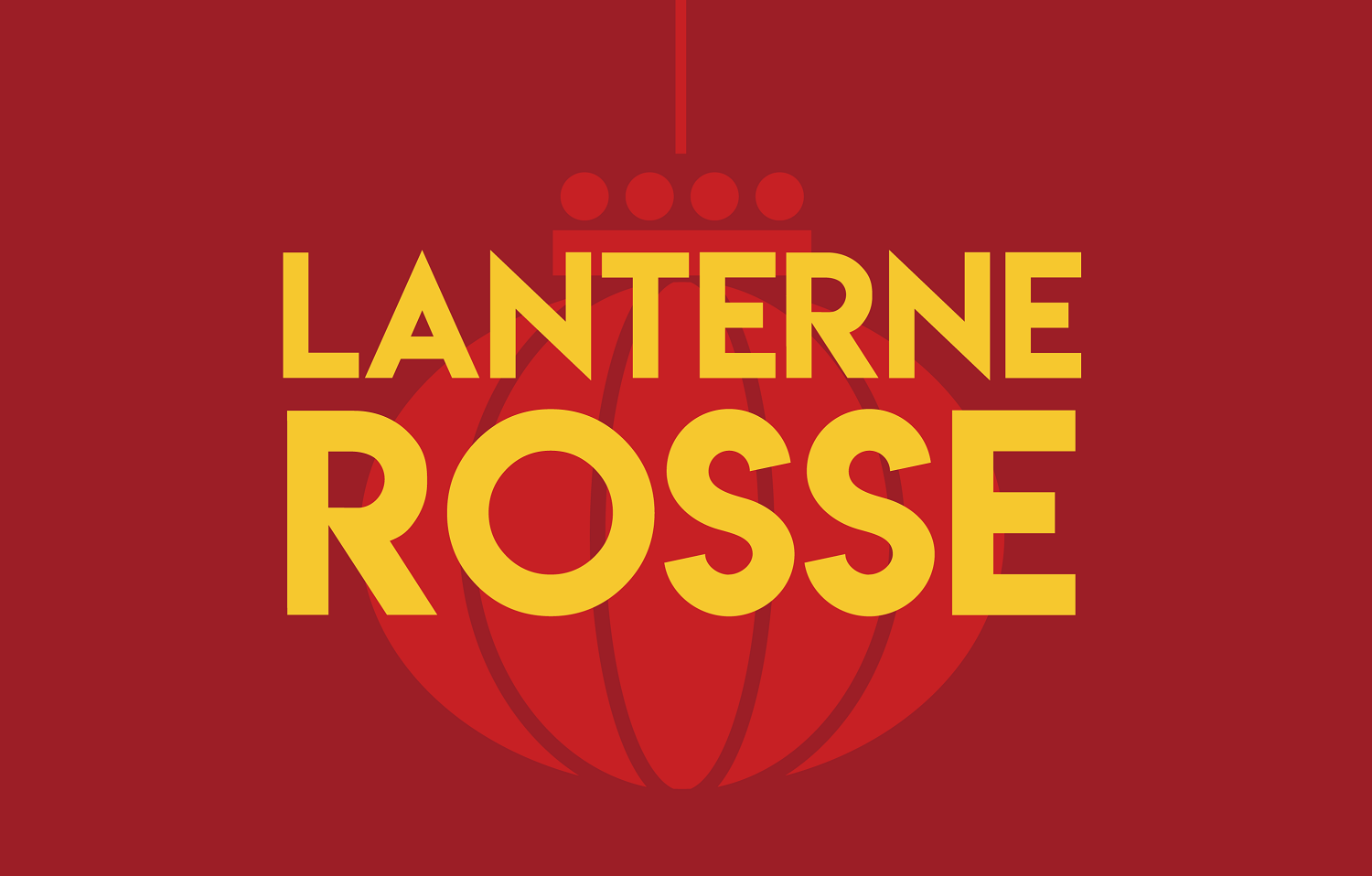Beijing bans new monks from a Tibet monastery
Chinese authorities have banned the admission of new monks to Khyungbum Lura Monastery, which resisted the People's Liberation Army in the 1950s. While native Tibetans have expressed concern, China has boosted its repression in Tibet, adopting population data collection strategies as in Xinjiang.
Dharamsala (AsiaNews/Agencies) – Chinese authorities are no longer allowing the admission of new monks to Khyungbum Lura Monastery in eastern Tibet.
This is the first time that monks of all ages have been excluded – a ban against joining the monastic order was already in place for minors under 18, anonymous sources told Radio Free Asia.
The prohibition reflects efforts to enforce regulations on religious affairs that prohibit religious activity in Tibet’s schools or educational establishments. Ethnic Tibetans are worried.
“Without the regular intake of new monks, the move will lead to the eventual decline and closure of the monastery in the future,” sources in the region said. This will leave “local Tibetans with no nearby places of worship during important religious ceremonies and nobody to turn to carry out important prayers and rituals, particularly on the death of loved ones.”
Chinese authorities have also placed an administrator inside the monastery to oversee all activities, threatening to close it if regulations are not complied with.
Beijing has more broadly tried to limit the influence of Buddhist monasteries, which play a crucial role in forming the Tibetan national identity.
Khyungbum Lura Monastery is one of the largest monasteries of the Gelug or Yellow Hat sect of Tibetan Buddhism, with more than 80 monks presently living in it.
Historically, it has been linked to Markam County, Chamdo Prefecture, eastern Tibet. When the People's Liberation Army marched into the area in 1950, the monastery resisted Chinese troops for about six years.
Beijing has also strengthened its presence on the border with the Indian state of Arunachal Pradesh, which it claims as part of Tibet. According to satellite images analysed by Newsweek, a vast network of villages has sprung up since 2020 around the border city of Nyingchi.
And there is more. Like in the Xinjiang autonomous region, inhabited by Uyghurs, control over the local population has become increasingly sophisticated in Tibet over the years.
Recently, Thermo Fisher Scientific, a US biotechnology firm, announced that it was suspending the sale of DNA collection kits in Tibet.
This follows months of criticism from human rights groups and the US Congress since China has used the company's technology to build a genetic database of the local population.
“Based on a number of factors we made the decision in mid-2023 to cease sales of HID products in the region and no longer sell our human identification technology in the Tibet Autonomous Region," a Thermo Fisher spokesperson told Axios.
Thermo Fisher's HID (human identification) technology has "important forensic applications, from tracking down criminals, to stopping human trafficking and freeing the unjustly accused" and its HID sales in Tibet were "consistent with routine forensic investigation in an area of this size," the spokesperson explained.
Similarly, Beijing also tries to censor the issue of Tibet on social media as it does for its repression in Xinjiang and Hong Kong.
A recent study by the Network Contagion Research Institute at Rutgers University shows that on the TikTok platform, which is owned by Chinese company ByteDance, these topics do not appear as frequently as on Instagram, owned by Meta.
The report reveals that the ratio between popular pop culture and politics terms like #TaylorSwift and #Trump are roughly two Instagram posts for every one on TikTok.
But the ratio changes completely when hashtags refer to topics that Beijing does not like, with 8-to-1 for #Uyghur or #Uighur, 57-to-1 for #TiananmenSquare, and 174-to-1 for #HongKongProtest. In the case of Tibet, it is 30-to-1.
“We assess a strong possibility that content on TikTok is either amplified or suppressed based on its alignment with the interests of the Chinese government,” the study said.
For Joel Finkelstein, a founder of the Network Contagion Research Institute, “It’s not believable that this could happen organically.”
RED LANTERNS IS THE ASIANEWS NEWSLETTER DEDICATED TO CHINA. TO RECEIVE A WEEKLY UPDATE EVERY THURSDAY, CLICK HERE.
15/05/2023 12:16
02/03/2022 14:02







.png)










